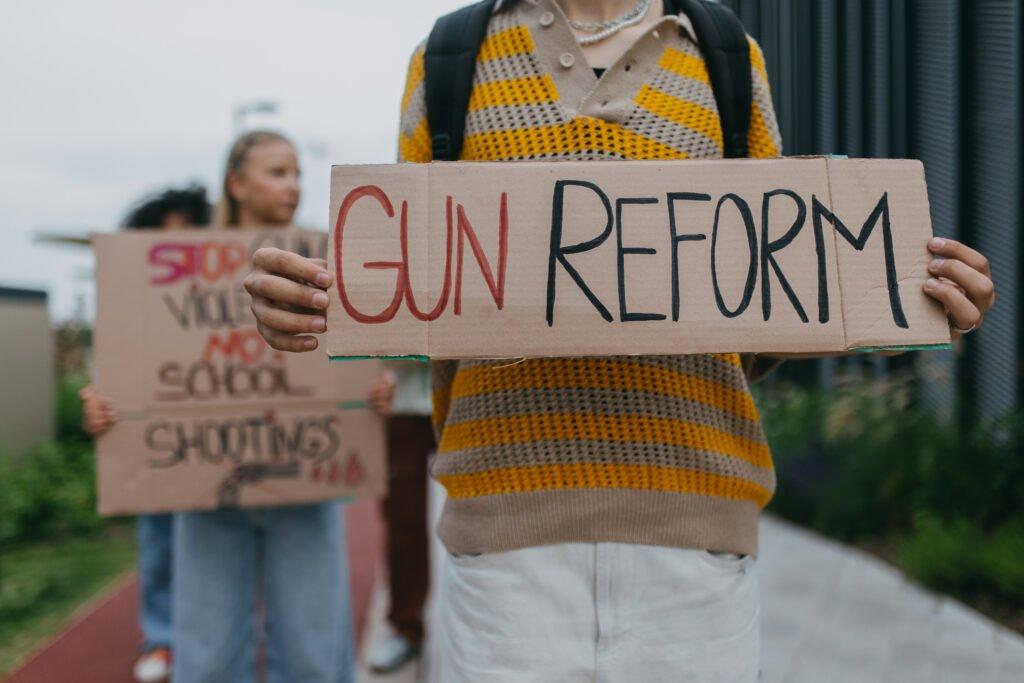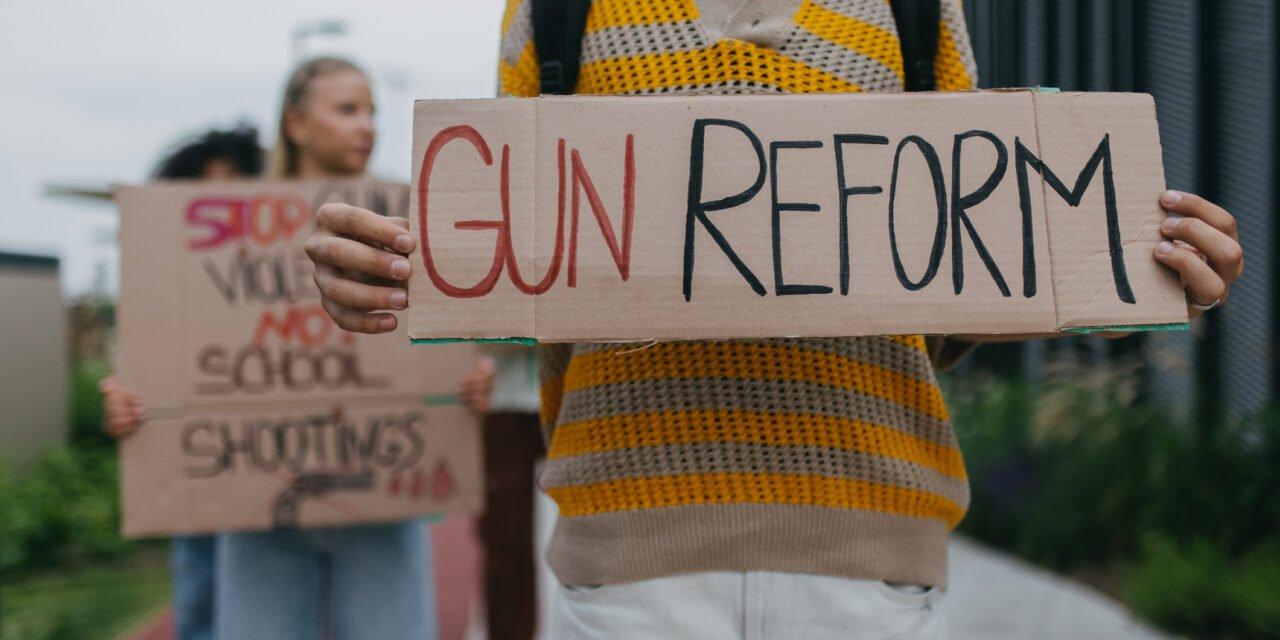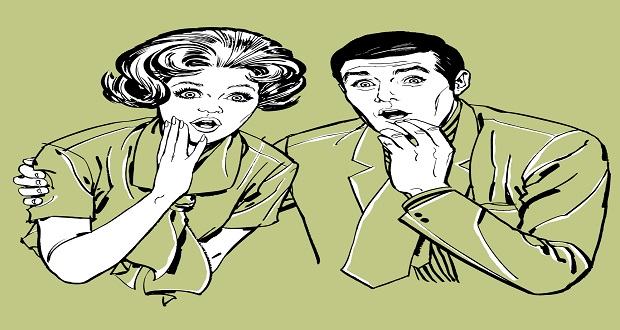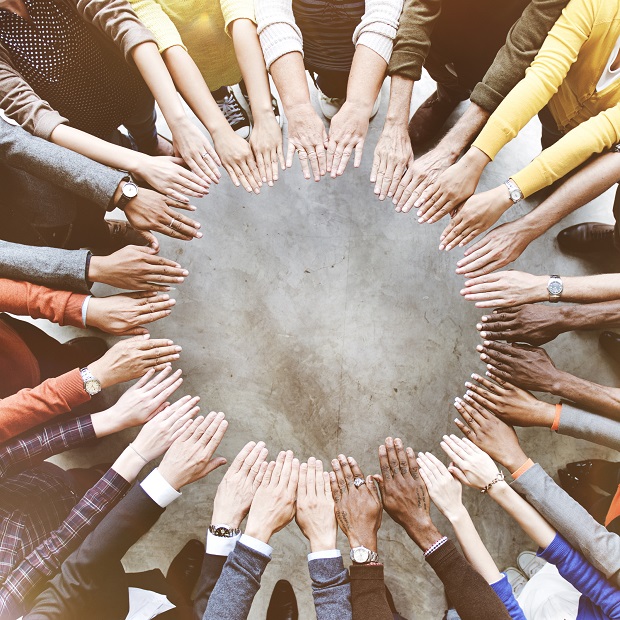
Editor’s note: This post includes discussion of gun violence and mass casualty events, and may be upsetting to some readers. Please practice care for your needs surrounding this topic. Contact a trained crisis counselor at any time through SAMHSA’s Suicide & Crisis Lifeline by dialing or texting 988.
If you have the emotional capacity today, I’ll invite you to reflect on three questions:
- How many degrees of separation are you from gun violence?
- How close is “too close” for you personally?
- What could you do to impact change for a less frightening and more livable future?
For me, the answers are:
- Two degrees, for two separate instances.
- It’s too close.
- Pause to feel and confront this frightening reality. Organize my thoughts, share them, and clarify what is within my spheres of influence.
Years ago, the brother of someone I knew was shot and injured in a mass shooting at a public event. Fortunately, he recovered; several victims did not. I will never forget his family’s frantic posts on social media as they navigated this tragedy and the hours of fear and uncertainty that followed, unfolding on a day that had started like any other.
In November of 2022, the Club Q shooting transformed a night of joy and celebration at a familiar local meetup in Colorado Springs into a scene of death and destruction in moments. Learning of the shooting as I boarded a flight, I clamored for more information as soon as we landed, wondering if anyone I knew from my time spent in the queer community in Colorado had been hurt. When we landed, I learned five people had been killed, including a staff member and performer at the bar, who was a friend and loved one to many community members I knew. I cried as I read friends’ memorial posts capturing how this person’s care and infectious joy had impacted their lives.
These two instances don’t include the mass shooting at a King Soopers grocery store in Boulder that I never visited personally, but whose fellow stores I wandered, unable to push from my mind the idea of a shooter walking the same aisles, wondering where I would hide.
Attending school in the shadow of the Columbine High School shooting, I was occasionally asked to complete a “Code Red” drill where we turned off the lights, hid out of view of the door, and remained silent. I was loosely aware of the reason, which felt scary but also distant. Since that time, school shootings have reached an all-time high. A colleague recently shared a story about parents asked to indicate unique features on their children’s bodies via a diagram sent home so they could be used to help identify them in the event of a mass casualty. Meanwhile, extremist politicians refuse to pass even the most obvious gun safety measures to restrict access to assault weapons, insisting that proponents want to seize all guns and that more guns are the answer.
Personal safety in a volatile and polarized climate is deeply nuanced, as rising gun ownership among women, people of color, and queer communities illustrates. (It is also always worth lifting up that the National Rifle Association supported gun control in the 1960s in response to the Black Panthers choosing to arm themselves.) It is incumbent upon us to reject the narrative that those advocating for common sense measures will next come for all firearms. I also feel comfortable in asserting that “more guns” would decidedly not solve:
- A child who shot his first grade teacher
- A 16-year-old who was shot after going to the wrong address to pick up his siblings
- Two teenagers shot when one mistakenly tried to enter the wrong vehicle
- A woman shot and killed when her friend turned into the wrong driveway
Some might argue, but I would suggest more guns would not solve the execution of a family that followed when they asked a neighbor not to shoot his gun in the yard as their baby was asleep. Perhaps more to the point: I should not have to consider if I need a gun to protect myself from my neighbors who own guns. These are only a sampling of horrifying shootings of innocent people that have unfolded in the U.S.
It seems abundantly clear that polarization and the fear it has bred is proving to be a toxic combination in an increasingly armed country. Something must shift if we are to prevent such avoidable tragedies from continuing to increase in prevalence. For me, gun violence feels “too close” both in real degrees of separation, and in the profusion of random and innocent victims going about their business who should not have to worry about their safety as they do so.
Minimizing access to assault weapons specifically and instituting red flag laws are obvious solutions. No matter what powerful voices would have us believe or the narratives they twist, I always find it helpful to remind myself that most Americans support stricter gun laws. In the midst of this “culture war,” it is critical for us to amplify this narrative in opposition to loud voices that would have us believe otherwise.
Recently, I attended a 5-year-old’s birthday party. Amidst the flurry of colorful gifts unpacked hastily was a neon-colored plastic gun. The child barely noticed as his father tucked it away, commenting, “we’ll talk about this one a different time.” There was a moment of party awkwardness, and then we moved on; I was struck by his quick thinking, and his thoughtful approach to knowing and honoring his parental boundaries with tact and gentleness. This matters.
It is easy to feel dwarfed by the enormity or complexity of a problem much larger than ourselves, AND allowing this experience to lull us into inaction is allowing the loud, dominating voices to take center stage, even while they speak untruths and are driven by manufactured scarcity and fear. This is precisely why I value the abundance-centered complexity honored in Deepa Iyer’s Social Change Ecosystem Map, which affirms that there are various intersecting roles for everyone to play in bringing about social change; these roles are more expansive than many may assume; and there can be space for everyone.
Depending on the day, I tend to oscillate between the storyteller, guide, and weaver that are featured on Iyer’s map. Meanwhile, the moment from the birthday party above represents a beautiful illustration of the power of the “caregiver” role: nurture and nourish the people around me by creating and sustaining a community of care, joy, and connection. I invite you to consider which changemaker role(s) you feel most at home in, and how you can embody it. We must advocate for common-sense laws that keep everyone safer from senseless violence — and the likelihood of our degrees of separation from tragedy becoming too close for comfort.



















